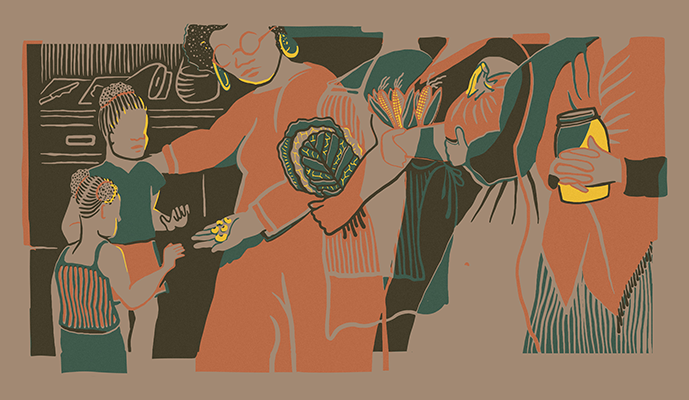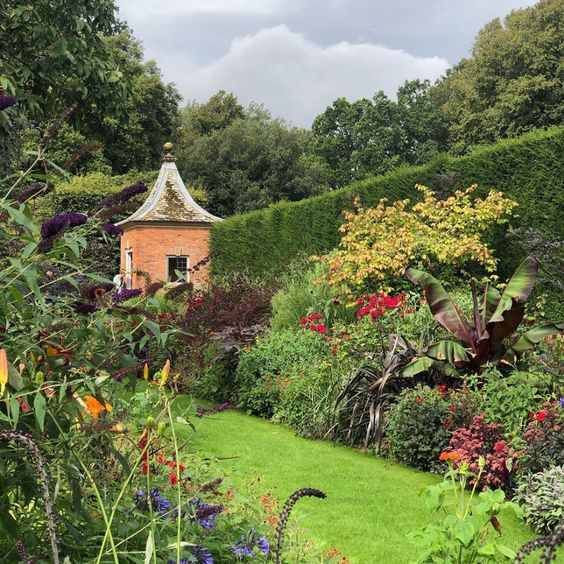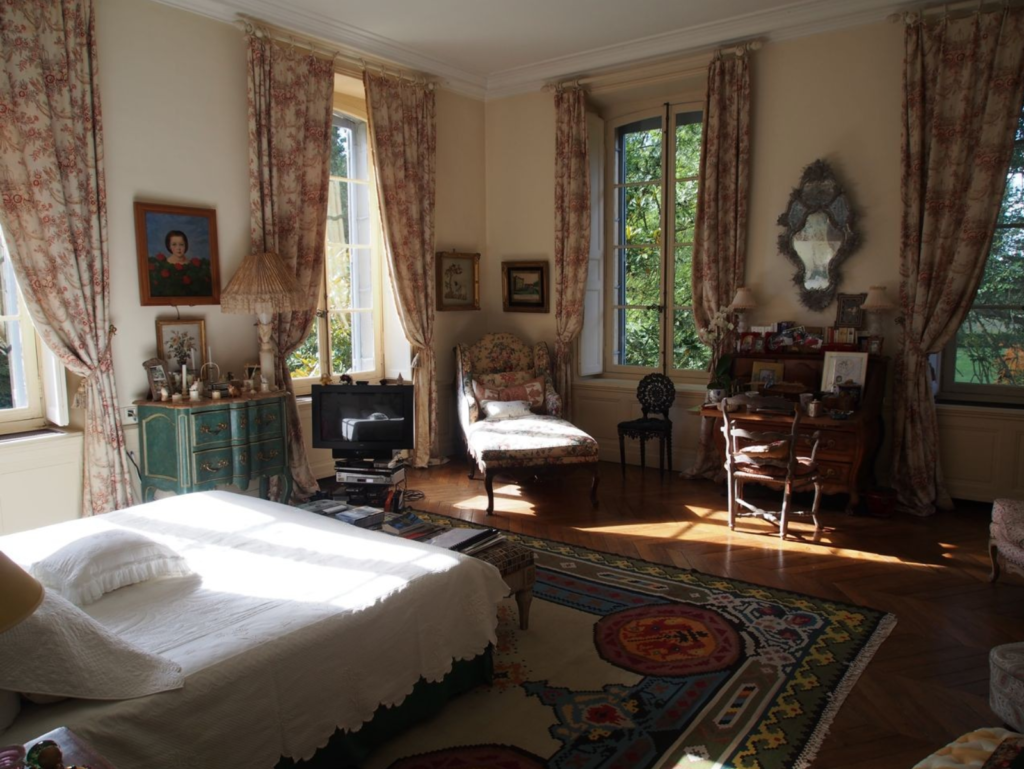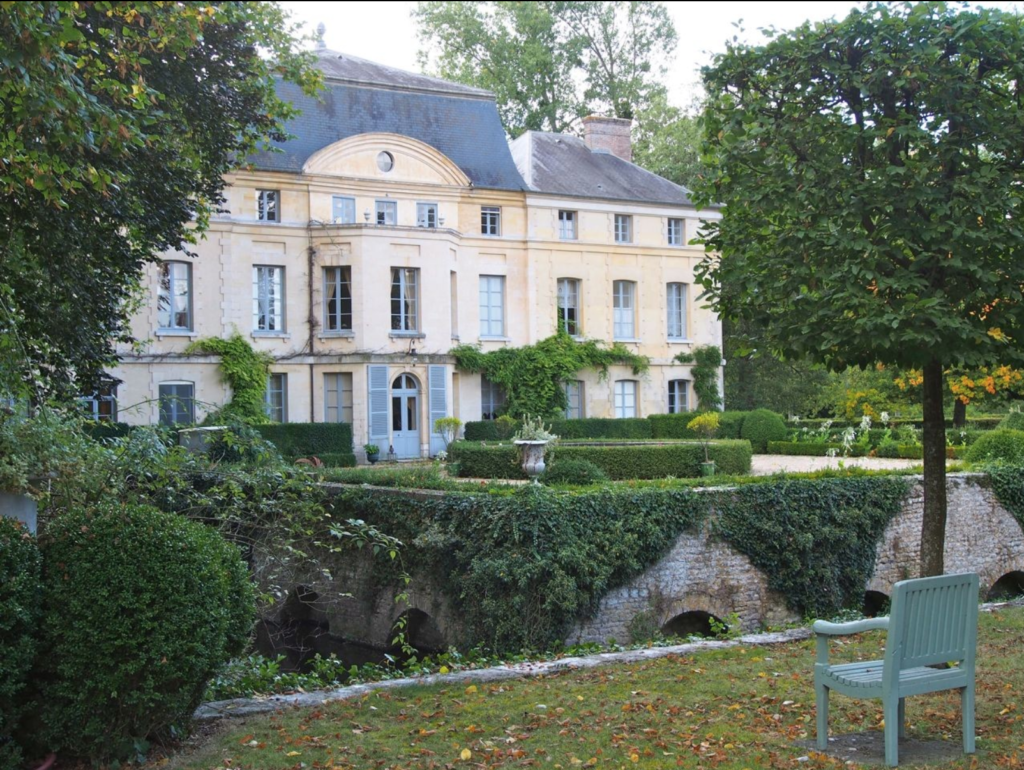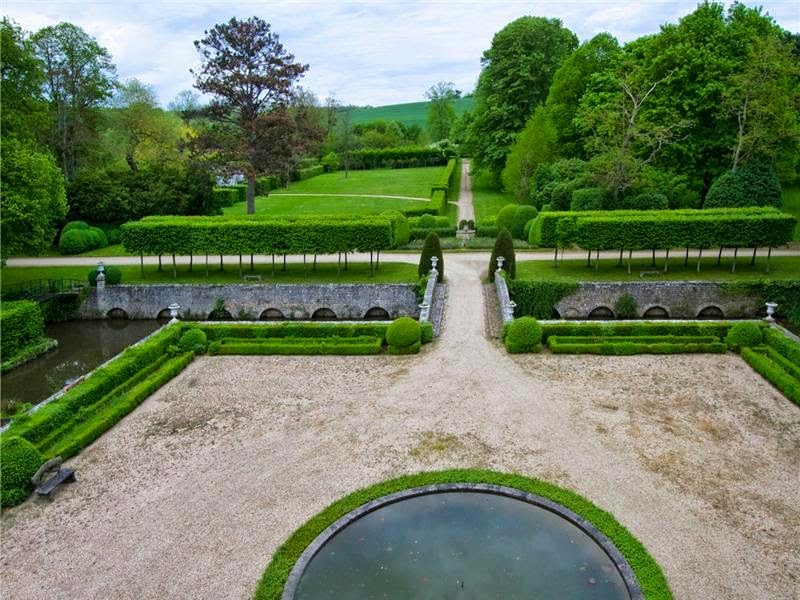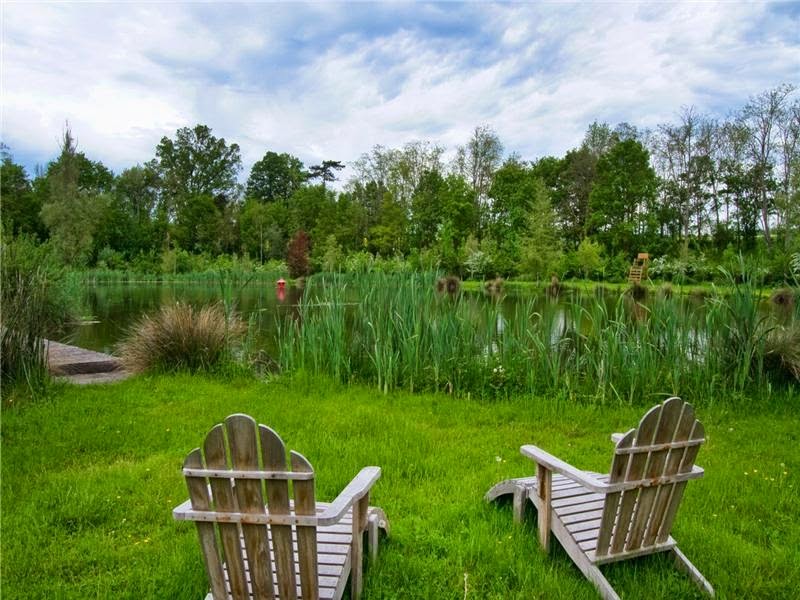.
I had a forgiveness to be given, ca. 1982. Toward my parents. They were wrong, I was right, and 22 years old. A decade of life when right & wrong seemed to matter. Before that decade was over I learned right & wrong are merely parts of any story. Forgiving, remaining who you are, but more, freedom from the shackles of another's agenda.
.
What my parents did pushed me into pastoral counseling at the time; its end, a strange finale. The Pastor said, "God would not judge you if you never spoke to your parents again."
.
He also counseled my parents at the same time. What did he learn from them?
.

Pic, above, here.
.
Ca. 1987, gardening, not thinking of my parents, I knew, "I must have a relationship with my parents that won't make me feel guilty when they die." Until that moment, I had maintained a cordial telephone and letter writing relationship with them.
.
Until 2018 I would have told anyone the most important part of this pitiful family drama is forgiveness. Forgiveness worked, we had a viable family life for decades, mostly ok, sometimes good, occasionally worse. Praise, for that forgiveness.
.

Pic, above, here.
.
I know why the tall meadow grows, above. Meadow blossoms attract bees & more, to the blooming fruit trees. With the extra pollinators the fruit trees will yield up to 80% more. Take away: I know why the tall meadow grows. A good thing to remember, to repeat to yourself, aloud, when confounded.
.

Pic, above, here.
.
Not me, above, but it was. I know her relationship to those plants, what she understands, and says back to the plants. Plants & girl, alert to each other. How she touches the plants, smells the plants, then smells the plants on her hands. Not all of us lose this language we're born with. You haven't. You've read this far.
.

Pic, above, here.
.
My art, drive, mission, is historic garden design, Agrarian. Studied historic gardens across Europe for decades, 80's - 90's.
.
Saw the Agrarian Garden Design model decades ago yet only recently understood, why it's art, and transcendence, with science proving its near sentient realm of living. Forgiveness for my parents? It was the garden, its methodologies, its art, my art, its sentience, its pace, my sentience, my pace, with belief in God, all of this, the full monty, putting forgiveness into me, as I prayed for. Not knowing to expect more.
.
I know why the tall meadow grows. I know it's where I belong. In the tall meadow my life thrives, grows, no matter fires approaching. Fires seen, unseen. Fires doing their work, turning all to ash. Those first bright green blades, rising above charred black soil, I know why the tall meadow grows.
.
Do I need to forgive the fire? I know why the tall meadow grows, to teach me acceptance.
.
More than tall meadow burns, all attracted to the tall meadow burns. By design. Nature cycles this story, eons now.
.
Fire in the tall meadow came before me, and will come after me. My final fire in the tall meadow, I'll be a part of the bright green blades. Amusing. Not so final. A parable, learned, because I know why the tall meadow grows.
.
When the leaves drop from the trees in fall, leaving them bare for winter, they are nurtured and fed, made stronger, by what they let go of.
.
It is this learning from trees, about their leaves, letting me see there is the Bible, written by man, inspired by the word of God, and there is the direct word of Providence, in Nature.
.

Pic, above, here.
.
Time passed, forgiveness gave me a relationship with my parents. Dad died unexpectedly, 2012. What I had expected from forgiveness, was given, and more. Glory. How rare we can use that word, glory, toward our life. Glory, in our life.
.
From an Interview with Krista Tippet & Robert McFarlane, below.
.
"Robert Macfarlane: “Look at the gift of being, now. Look at the astonishing responsibility of legacy-leaving. There is one image at the heart, as it were, of Underland and of the underland, which is the hand, the opened palm, the stretched fingers. And that, we know first, is in a way the first mark of art. The maker would place their hand on the cave wall and then take a mouthful of ochre, red ochre, often, and then spit the dust against the hand and then pull the hand away. And so, you leave the ghost print. And for me, that hand of — that open hand that is reaching across time, that is pressing against rock, leaning also into the future, but also the hand of help and of collaboration. And I found it everywhere."
"Ms. Tippet: Let's just plunge in. There’s this sentence you have: “For nearly two decades, I have been writing about the relationships of landscape and the human heart.” And I just find that such an intriguing way for you to describe your focus and that intersection. And I wonder, how would you trace the earliest, deepest roots of this? And even as I wrote that question, I realized, that’s kind of an Underland metaphor — but the deepest roots of this orientation in your earliest life, in the background of your life and childhood."
"Mr. Macfarlane: This glorious mutualism, which is about 450 million years old, we think, because a fossil photograph, lithograph, effectively, exists from around then, showing it in action, whereby fungi, certain fungi — ecto- and endomycorrhizal fungi plug into the roots of trees and plants at a cellular level and create an interface across which resources and messages, to some degree, can be carried. And then those fungi plug into the roots of other trees, and so the trees can, as Suzanne Simard, the pioneering forest ecologist who helped break open this ground, writes, can talk to one another. And once you’ve met this idea, wow, it shakes the ground you walk on. A park is a wondrous place. But it also challenges our ideas of what an individual is, what an organism is, where being begins and ends. It does not end at the body horizon; we know that increasingly, in complex and often political ways."
.

Pic, above, here.
.
Mom died at the end of 2018. Forgiveness had done its job again, glory. This time, forgiveness had more to teach. My Pastor's words came back, "God would not judge you if you never spoke to your parents again." Fire, without cooling from the past.
.
Sifting family photo albums late afternoon, the day mom was buried, I came across some things belonging to me, and wasband. Things, without, making a negative impact upon our lives. More tea cup dark dramas from that era were found, yet nothing caused my forgiveness to waver. Not a chinking bit.
.
My Pastor saw the fire engulfing my tall meadow. He knew its ember. Hence, his wise counsel.
.
I'm not capable of forgiving the full breadth of this family drama, its mean twists. The goodness I have within is not broad enough, wide enough, nor deep enough. Yet my forgiveness from long ago, keeps growing, across decades. I know why the tall meadow grows.
.
Forgiveness is merely a component of this story. Are you one of the lucky ones, who knew the larger component of my forgiveness? Before I did?
.
Being in the Garden, to forgive, is this story.
.
Knowing why the tall meadow grows, why the leaves fall, why the edge of meadow/forest & marsh/ocean are margins we all depend upon, for survival, should have clued me in sooner.
.
New science studies of Nature with sentience, trees talking to other trees, and not just to their own kind. Biomes, in our bodies, from Nature, fungi, bacteria, & microbes, without them our bodies die; those biomes shot through with the same electrical current trees use to communicate. Our bodies communicating with Nature. Science knowing, for decades, our gut plays a large role in our emotions.
.
Add this wrinkle to known science, trees, plants, soil, playing a large role in our emotions, via the electrical currents flowing from fungi in the ground, to the same fungi living in our biomes.
.
My tall meadow has burned, arson, and a forgiveness given long ago, rides hi, clear, strong, & bigger.
.
Garden & Be Well, XO T
.
Sideways, and collateral, to life, forgiveness, joy, Providence, art, knowing why the tall meadow grows, here.
.
Deep Earth emerging science studies, here.
.
2018 was the best year, ever, with my mom. Never laughed and cried so much with mom, combined across our lives, as 2018.
.
Do not mean to imply my tall meadow has never burned due to personal stupidity.




 public thanksgiving and prayer to be observed by acknowledging with grateful hearts the many signal favors of Almighty God especially by affording them an opportunity peaceably to establish a form of government for their safety and happiness.”
public thanksgiving and prayer to be observed by acknowledging with grateful hearts the many signal favors of Almighty God especially by affording them an opportunity peaceably to establish a form of government for their safety and happiness.”



